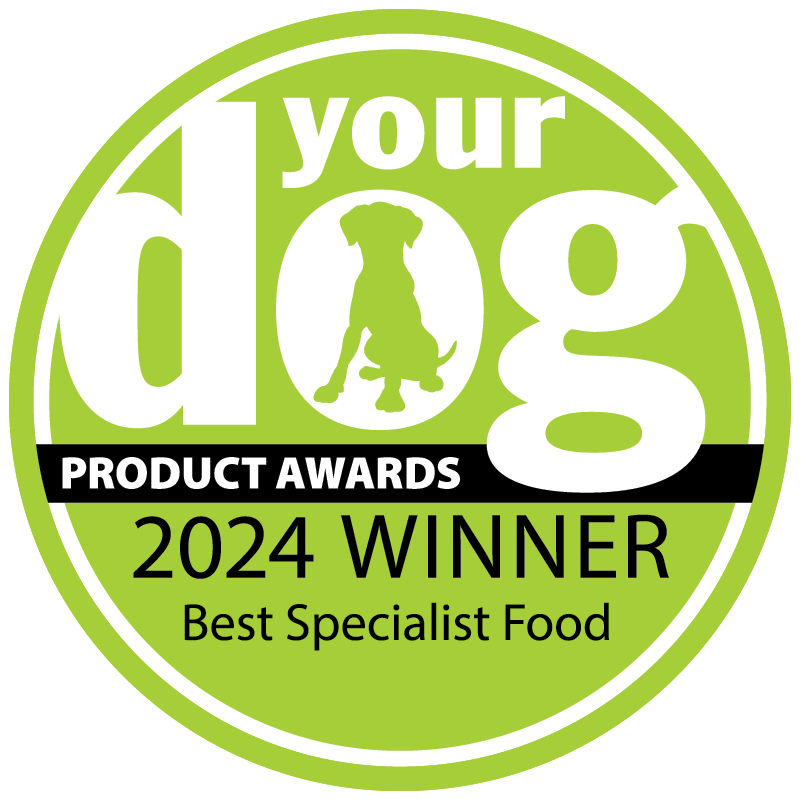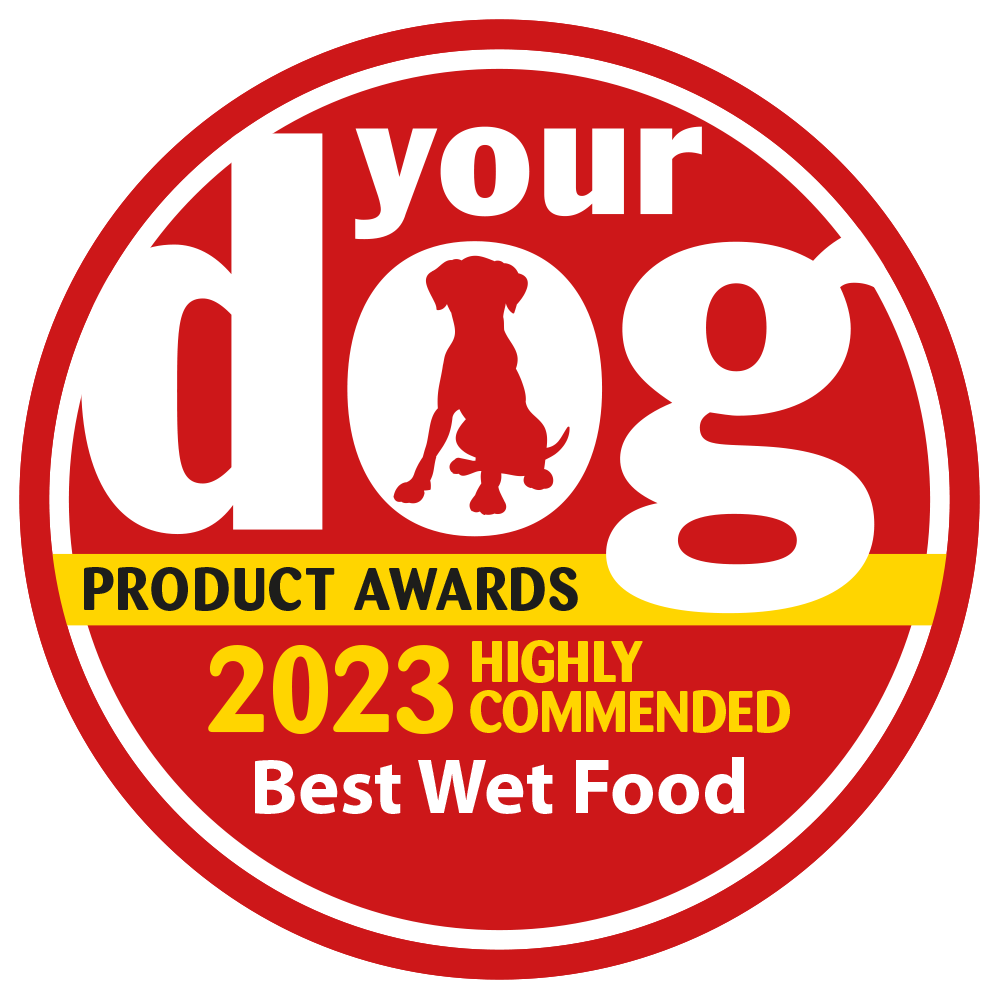
Dealing with a new diagnosis in your pet can be nerve-wracking whatever the condition, and pancreatitis is no different. Thankfully, there are plenty of things you can implement at home to ease their pain and symptoms, including switching to a low-fat diet for dogs with pancreatitis.
Diet has a huge effect on pet wellness, just as it does with humans. Ensuring they’re eating gentle, digestible ingredients and taking in plenty of liquids are the most essential parts of restoring your dog’s health after an episode of pancreatitis. We’ll explore it all, here.
Pancreatitis is the term given to the inflammation of the pancreas, which is the organ responsible for the production of insulin and enzymes that help digest food. In dogs, pancreatitis is typically triggered by scavenging, or a largely fatty diet.
Any dog can be affected by pancreatitis, but breeds such as Schnauzers and Cocker Spaniels may be more likely to develop it due to a mutation in the SPINK gene, which is common in these breeds.
Overweight dogs are also more prone to pancreatitis, as this is typically another symptom of a diet with a high fat content. We generally get a lot of enquiries about it after Christmas when dogs have been given extra meat and meaty treats, but it can be brought on at any time of year.
Pancreatitis is commonly a chronic condition in dogs, meaning that once they’ve had it once, they’re prone to getting it again. Intense pancreatitis may result in hospitalisation, but milder cases and aftercare can be treated with diet at home.
Pancreatitis can present itself as a combination of several symptoms, many of which are gastrointestinal due to the location and function of the pancreas.
Some symptoms you may witness in your dog if they have pancreatitis are:
Pancreatitis can be life threatening. It’s important to contact a vet if you think your dog has pancreatitis before administering any kind of home treatment. Diet and lifestyle changes can help ease pancreatitis, but a professional opinion should always be sought out first for specific treatment advice.
You should prioritise a low-fat diet for dogs with pancreatitis, ideally with a fat content of 10% or less. Table scraps and high-fat treats can worsen the condition, or cause a flare up.
Feeding your dog gentler ingredients doesn’t have to mean robbing their diet of flavour. Lean proteins like chicken or turkey are generally good choices for dogs with pancreatitis thanks to their naturally low levels of fat.
Rice and potatoes are good and healthy accompanying ingredients to these protein sources, as they’re easy to digest, and therefore a more comfortable eating experience for dogs with ailments.
Another important thing to consider in a low-fat diet for dogs with pancreatitis is hydration. Dehydration is a common recurring symptom for dogs with pancreatitis; wet food is often seen as a good choice in this situation as its additional moisture helps to keep your dog hydrated. Many wet foods are naturally higher in fat than dry foods, but with some careful analysis of the food and its ingredients, there are some suitable options.
The percentage of protein and fat in a dog food will sometimes be described as on a on a ‘dry matter basis’, or ‘as fed’.
A ‘dry matter basis’ refers to the amount of protein or fat in the food when all liquid is taken out. When this is the case, dry and wet dog foods will have approximately the same percentage of each food group.
This differs when a percentage is presented ‘as fed’. In wet food, the moisture makes up a lot of the total food. As such, dogs will usually be fed four times more when eating wet food than it would of dry food. When fat content is listed ‘as fed’, the percentage is including the moisture content per 100g, so a wet food that lists 10% fat ‘as fed’ is more like 40% on a ‘dry matter basis’.
Consider and compare this carefully when purchasing a low-fat diet for dogs with pancreatitis. If you’re buying a wet food, there needs to be a fat content of less than 2.5% – the equivalent to 10% in a dry dog food.
Both dry and wet dog food are suitable for dogs with pancreatitis, although wet food can be beneficial due to the additional hydration. However, the most important thing is ensure the fat content is correct for a low-fat diet.
Due to the high likelihood of repeat bouts of pancreatitis in dogs, long-term care and consideration is typically required after an initial diagnosis.
In the initial treatment stage, many dogs will need fluid therapy to balance electrolytes. This process helps to counteract the dehydration caused by excessive vomiting and diarrhoea. Hospitalisation may be necessary in more severe cases to provide intravenous fluids and pain management.
After an episode of pancreatitis, regular visits to the vet, consistent hydration, and switching to a low-fat dog food can help to monitor and reduce the chances of their pancreatitis returning.
At Burns, we specialise in making food for all dogs, whatever their dietary needs. That includes pancreatitis: introduce your dog to our low-fat dog food for a diet that’s suited to easing their symptoms.
You can also learn more about how to care for your dog with pancreatitis on our dedicated pancreatitis page.
Getting your head around a new diagnosis? Find out more about pancreatitis in dogs in our content hub.







